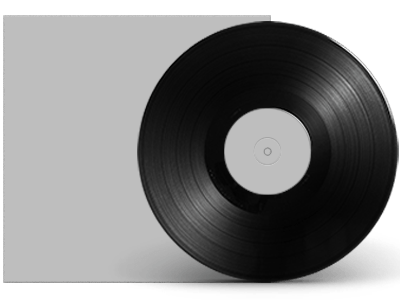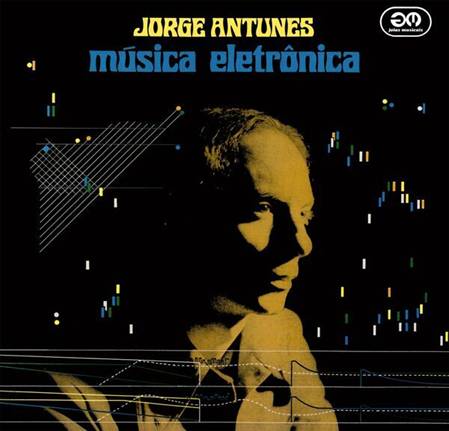
This product is currently sold out.
Don't worry! Enter your email and we'll notify you when it's available again.
Description
Originally released in 1975, “Música Eletrônica” is considered the first electro-acoustic / electronic album made in Brazil. It features tracks recorded between 1962 and 1970 by avant-garde / electronic music pioneer Jorge Antunes. Early electronic oscillations, white noise, feedback, loops, tape manipulation, treated vocals and proto-minimalism / sampling / glitches Mandatory to anyone into Pierre Henry, Iannis Xenakis, Pierre Schaeffer, Ralph Lundsten, Louis & Bebe Baron, Ihlan Mimaroglu, Morton Subotnick, Stockhausen… Born in 1942 in Rio de Janeiro, Jorge Antunes is one of the earliest composers of electro-acoustic music in Brazil. During the early 60s, he built his own components for making electronic music: theremin, sawtooth oscillator, a spring-reverb device, a frequency filter… The works included on “Música Eletrônica” were recorded at Antunes’ home studio and at the Electronic Music Laboratory of the Institute Torcuato Di Tella, in Buenos Aires, Argentine. We can find early pieces like “Valsa Sideral” (1962), on which Antunes uses artificial echo and reverberation by feedback between the recording heads to create the first Brazilian work consisting only of electronic tones. “Auto-retrato sobre paisaje porteño” (1969 / 1970) is an amazing piece of early turntablism on which Antunes “samples” an old tango vinyl record found at a flea market, using it as a loop and for sound effects / manipulation, adding a different, “electronic dance” version to it, mixed with electronic sound effects and cut voice manipulation / sound poetry. It sounds years ahead of its time and it’s a precursor to the dance / downtempo music from the following decades. The version included here, features the audio collage which Antunes created to criticize the military regimes from Brazil and Argentine and which wasn’t used on the original LP to avoid any problems with censorship. “Cinta Cita” (1969) was the first piece recorded by Antunes at a professional studio. Pure electronic sounds and pulsating rhythms using filtered noise and synthetic sounds created by additive synthesis. “Contrapunctus versus contrapunctus” (1962) was created using tape splicing, micro-assemblies and tape manipulation. “Historia de un Pueblo por Nacer or Carta Abierta a Vassili Vassilikos y a todos los Pesimistas” (1970) with its sinoidal sounds and low frequencies was inspired by the plot of the novel and film ‘Z’ by Vassili Vassilikos. In the original audio of this work, Antunes used a quotation from the International Communist anthem. To avoid problems, he cut that passage for inclusion on the original LP. But you’ll find here the uncensored, original version. In 1970 Antunes had done research at the Institute of Sonology at the University of Utrecht with a specialization in Computer Music (working with the Electrologia X-8 computer). During the 70s at different occasions he had worked under guidance of Pierre Schaeffer and Iannis Xenakis amongst others. Mr. Antunes is presently Director of the Electroacoustic Music Studio of the University of Brasilia and President of the Brazilian Society for Electroacoustic Music.
Tracks
01. Historia de un Pueblo por Nacer ou Carta Abierta a Vassili Vassilikos y a todos los Pesimistas
02. Cinta Cita
03. Auto-Retrato Sobre Paisaje Porteño
04. Valsa Sideral
05. Contrapunctus Contra Contrapunctus
Product safety & manufacturer information
Related products
-
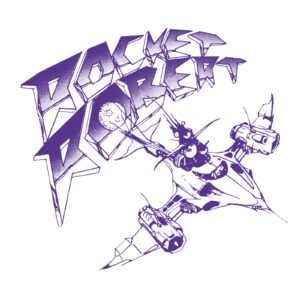
ROCKET ROBERT Rocket Robert
15,01 €
Includes 19% MwSt.plus shipping -

MARIA TERESA LUCIANI Sounds of the city
19,00 €
Includes 19% MwSt.plus shipping -
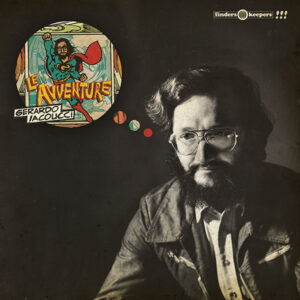
GERARDO IACOUCCI Le Avventure
20,00 €
Includes 19% MwSt.plus shipping -
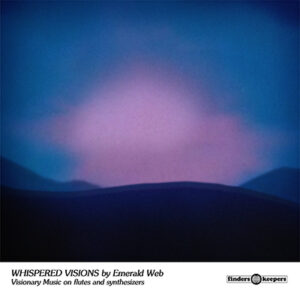
EMERALD WEB Whispered Visions
18,90 €
Includes 19% MwSt.plus shipping -
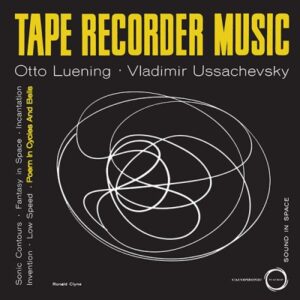
OTTO LUENIG & VLADIMIR USSACHEVSKY Tape Recorder Music
18,90 €
Includes 19% MwSt.plus shipping -

FUCKHEAD Avoid Nil
15,01 €
Includes 19% MwSt.plus shipping
